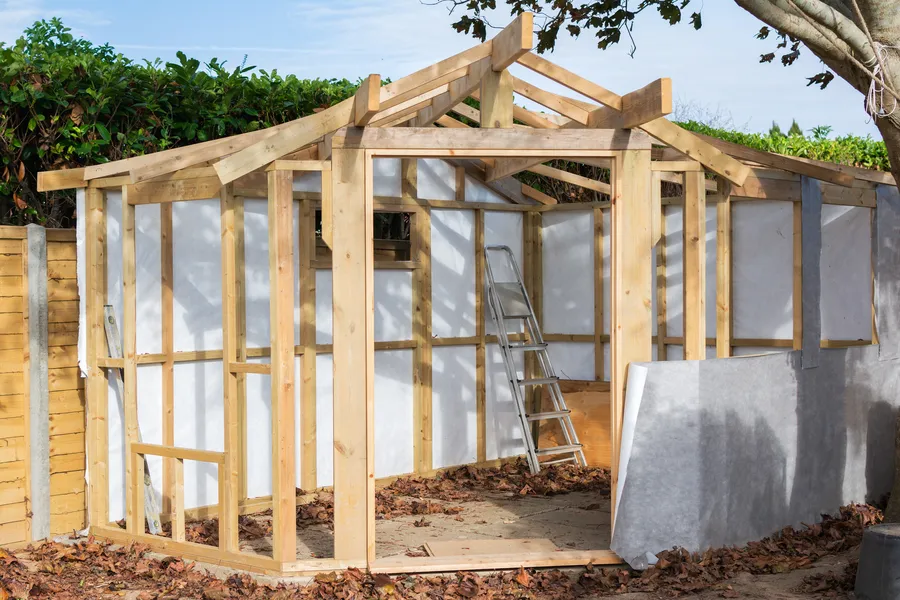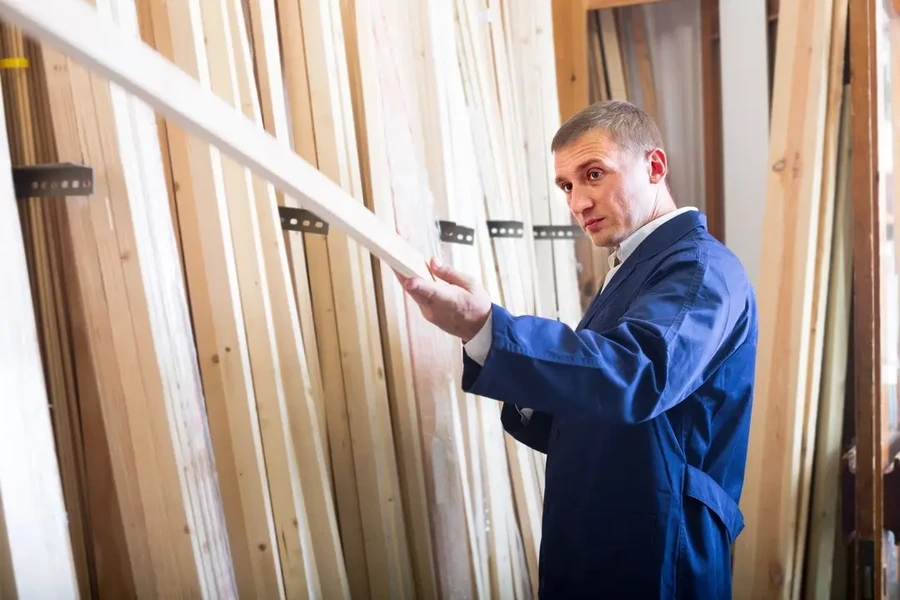The Role of Structural Precision in Building Homes
Building a home is an intricate process that demands precision and expertise. Among the many components, ensuring structural integrity stands out as vital. The basic framework must be accurate to support walls, roofs, and floors effectively. Inaccurate measurements or careless construction can lead to significant issues down the line. Understanding why accuracy is key will help you appreciate its importance in creating a safe and durable living space.

Understanding Home Construction Principles
Home construction involves several stages, each requiring careful attention. One major stage is establishing the structure’s skeleton, commonly known as framing. This foundational step ensures everything aligns properly, from windows to doorways. A precise framework supports every other element of the build. It also impacts how well the house holds up over time against external pressures like weather conditions.
Benefits of Precision in Construction
Precision in construction brings numerous benefits. Firstly, it enhances safety by reducing the risk of structural failures. Secondly, an accurate framework results in better energy efficiency since gaps and leaks are minimized. Lastly, precision leads to aesthetic appeal with even surfaces and perfect alignment. These factors contribute to a home’s long-term value and functionality.

Common Challenges in Achieving Accuracy
A common challenge in achieving accuracy during home building is maintaining consistency across various materials. Builders need to account for potential changes due to environmental factors such as temperature and humidity. Another issue is human error; even slight measurement deviations can result in misalignment. These challenges highlight the necessity for skilled professionals who understand the critical nature of framing.
Steps to Ensure Accurate Measurements
- Begin by double-checking all measurements before cutting any material.
- Use high-quality tools and ensure they are calibrated correctly.
- Follow detailed plans and blueprints meticulously at every stage of construction.
- Regularly inspect the work to catch and correct errors early.
Best Practices for Builders
Adopting certain best practices can significantly improve building outcomes. Use advanced technology like laser levels for more precise measurements. Implement a thorough training program for workers to reduce skill gaps. Regular site inspections ensure adherence to standards and rectify mistakes promptly. Following these guidelines ensures that your project meets both safety and quality expectations.
Cost Implications of Inaccurate Workmanship
Inaccuracy can lead to costly repercussions. It may require additional labor to fix mistakes, resulting in higher expenses. Delays caused by rework can escalate costs further due to prolonged timelines. Investing in accuracy upfront might seem expensive but it ultimately saves money by preventing these inefficiencies. Ensuring quality workmanship offers a better return on investment over time.
The Impact of Industry Standards on Quality Control
Industry standards play a crucial role in maintaining quality control in home construction. Adherence to established codes assures clients that their homes are built to withstand different stresses. Following these regulations minimizes liability risks for builders while ensuring customer satisfaction through reliable structures. Staying updated with industry benchmarks keeps projects compliant and competitive.
Your Path to Reliable Home Construction
If you’re embarking on a home construction journey, prioritize accuracy from the start. By focusing on this aspect, you secure a sturdy foundation for your new home. Reach out to Star Classic Construction today at (210) 306-1367 for expert guidance throughout your project. Located in La Vernia, TX, we specialize in delivering quality construction solutions tailored to your needs.